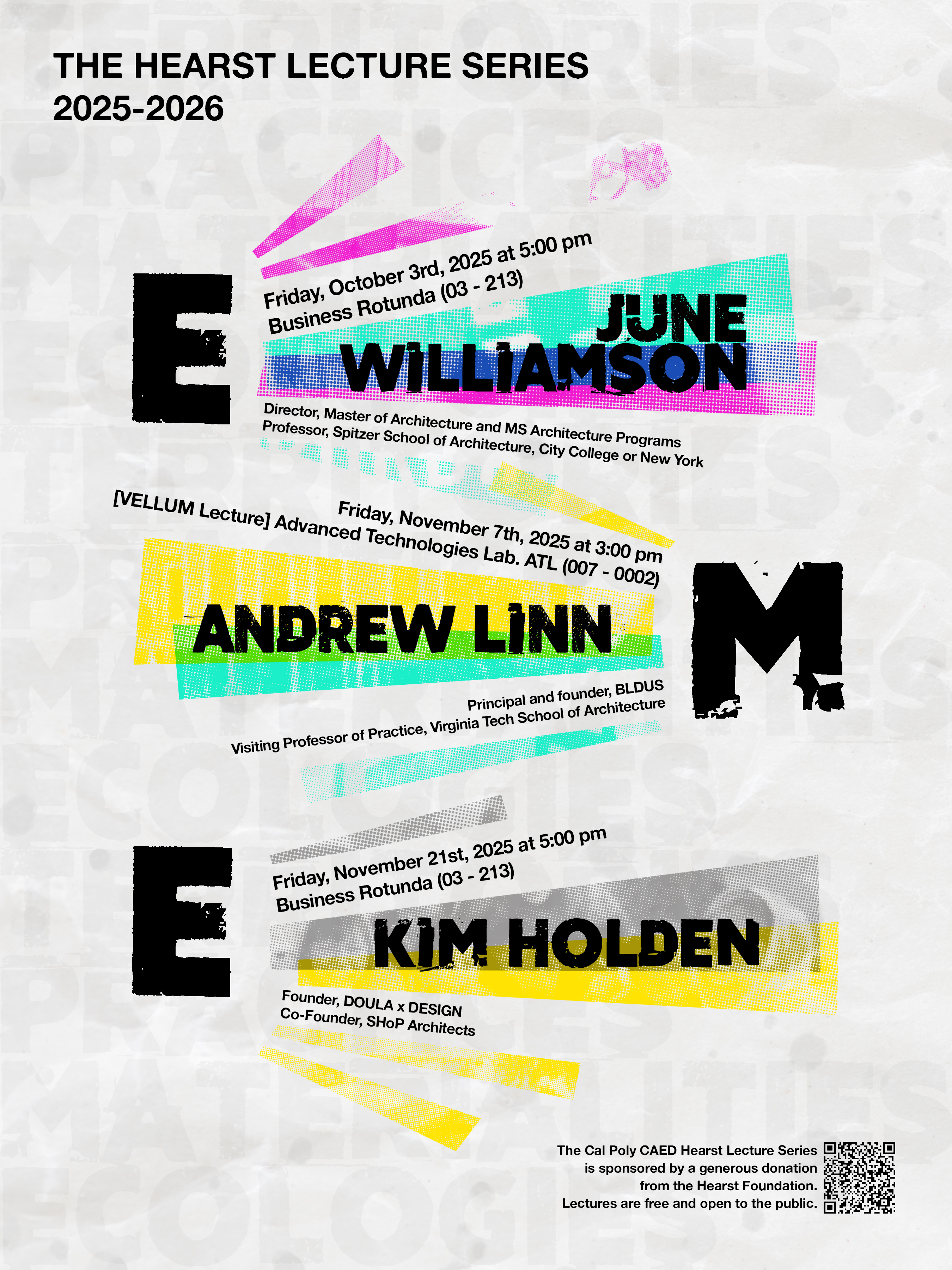SESH 2024: Returning to Indonesia
By Caroline Roistacher
This summer, approximately 15 architectural engineering (ARCE) students, accompanied by ARCE faculty member James Mwangi, will travel to Jakarta, Indonesia, to take part in the Structural Engineering Students for Humanity (SESH) program.
SESH aims to experience firsthand the impact of poorly designed buildings in seismic zones, learn about building methods and materials from another region and apply engineering practices outside the classroom in disaster-affected areas. The program connects with local communities through the built environment and provides humanitarian structural engineering aid to those affected by natural disasters.
SESH collaborates with Miyamoto Global Disaster Relief, a 501(c)(3) non-profit organization dedicated to saving lives by promoting international building standards in developing countries through public education, technical seminars and demonstration projects. Their efforts aim to prevent structural failures caused by insufficient engineering knowledge, improper building practices and substandard materials. Students will assist Miyamoto Relief in damage mapping and developing retrofit schemes to preserve the historical and architectural integrity of the structures they work on.
SESH was established in 2011 following the devastating 2010 earthquake in Haiti, which killed nearly a quarter of a million people. Mwangi, who was on sabbatical in Haiti at the time, invited students to join him, which then led to the program’s annual trips.


2023 SESH team in Jakarta, Indonesia
Although SESH originated in Haiti, students have also journeyed to Nepal, Ecuador, and, in 2023, Jakarta, Indonesia. Indonesia currently faces catastrophic seismic activity from earthquakes, tsunamis and rising sea levels. Last year, students collaborated with various NGOs and two local universities to develop an application aiding community developers in mapping building vulnerabilities to natural disasters. This year, the team will return to Jakarta to refine and implement this application further.
In Jakarta, specific building codes that students are used to in the United States are not followed. Therefore, students have the chance to see what happens when building codes are disregarded and work with and learn from students from different universities in the community.
“The fact that they are building differently doesn't mean it is wrong,” said Mwangi. “They have their skills, but how can you change those skills so that the product is resistant, a strong building that will survive any of those calamities.”
During their trips, students usually work with local materials as many of the countries visited are developing nations. Back home, students typically work with materials with stricter quality control. However, in other countries, this luxury is not always available. Therefore, students must improvise and adapt their designs to the local building materials. This necessitates an ingenious approach as they craft their designs.


2022 SESH team in Pedernales, Ecuador
“Our students learn the diversity of engineering is not just what happens [in the United States],” Mwangi said. “But at the same time, they can apply their skills to make a decision on the fly that sometimes is not possible when we are at Cal Poly because they don't get that exposure.”
Students also spend a week in cultural immersion, immersing themselves in the culture of their community. Often, students and residents do not speak or understand each other’s languages.
“Those two weeks make such a big difference for everybody that is participating,” Mwangi said. “The first night, everybody is shy, and some people are scared. Maybe it's the first time you are in a country where people don't speak your language and don't understand what you say when speaking in English. And then, by the time the first week goes, it is amazing how much friendship is made by our students and the students that we find in those communities. The last week is always tears when everybody knows they have to part. Many of them will come back and tell me how those friendships continue even beyond us returning to the U.S.”
Lydia Chou and Luke Jones are the student leaders for SESH this year. Currently, they are coordinating with Mwangi and the partnering company in Jakarta and sending out student applications. Moving forward, their tasks include booking flights, selecting applicants, determining specific locations, crafting itineraries and securing funding.
“I'm most excited for the opportunities of cultural awareness and seeing structural engineering from a different view,” Chou said. “Being able to see how it's different and letting our students see those differences is going to be a great experience.”
Jones attended the trip last year and is very excited to return.
“I made a bunch of friends with the local students in Indonesia,” Jones said. “I'm excited to see them again. I've already been messaging them.”
The primary donor for this trip is the CSI Structural Resiliency Fund, which covers travel, meals and housing for students. Additionally, students engage in personal fundraising to raise at least $10,000, which is explicitly allocated to the project they will be working on. To support this year’s and future SESH trips, please consider donating by clicking Give Now.



